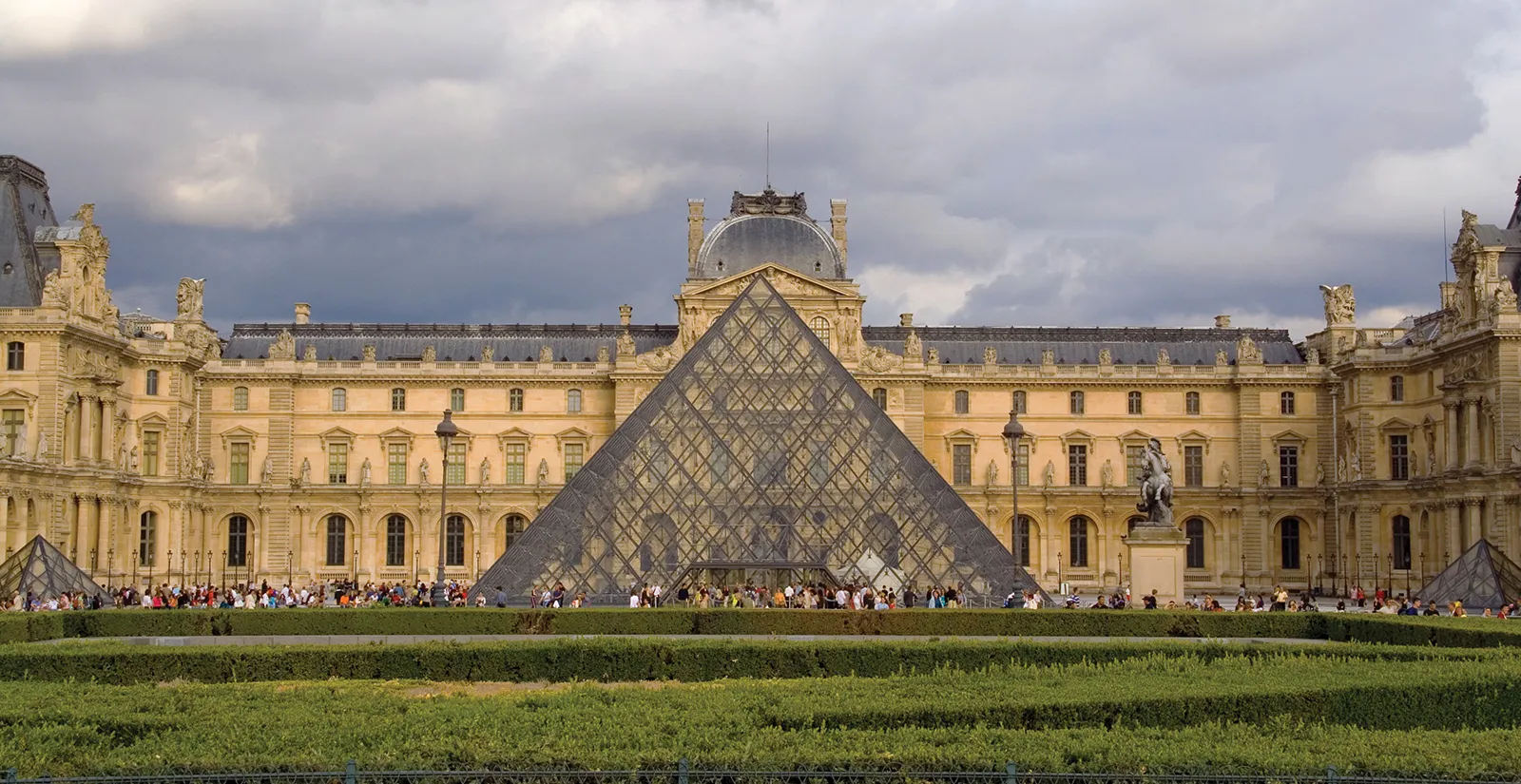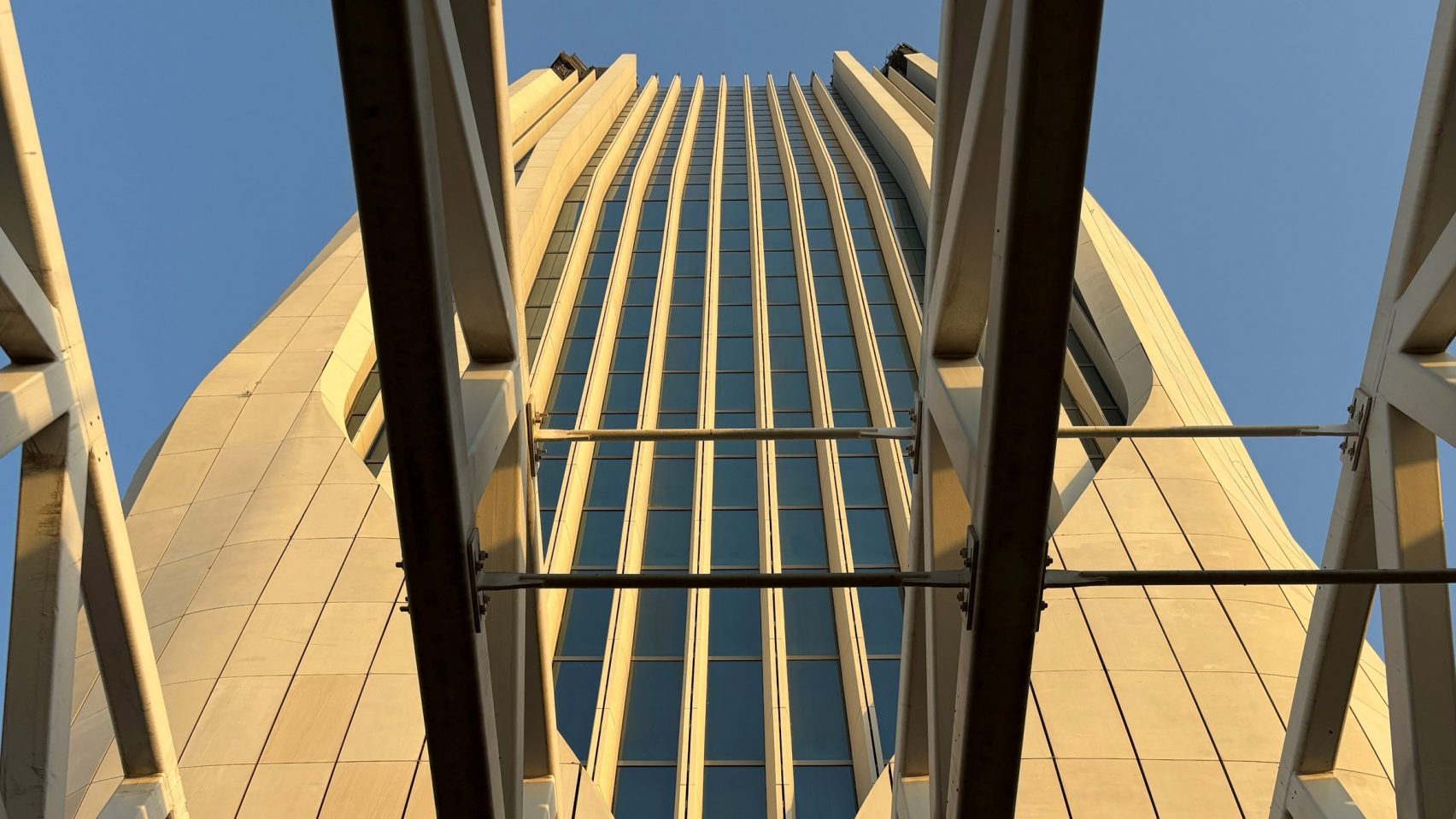In an unprecedented blend of art, history, and haute couture, the Louvre is set to inaugurate its first-ever fashion-focused exhibition this January. This monumental event not only celebrates the creative legacy of Byzantine art but also illuminates the enduring dialogue between fashion and the decorative arts—a conversation that has quietly persisted within the walls of the world’s most storied museum.
For those who are familiar with Karl Lagerfeld’s deep admiration for 18th-century interiors, this exhibit will serve as a fitting tribute to the late designer’s relentless pursuit of beauty in unexpected places. Lagerfeld, who often wandered through the Louvre’s hallowed halls, drew inspiration from its eclectic collection—ranging from lacquered screens to sumptuous furniture. This exhibition, however, will be far more than a nostalgic homage; it promises to unravel the intricate web connecting the sumptuous past to the modern sartorial imagination.
Olivier Gabet, the director of the Louvre’s decorative arts department, has taken the helm of this ambitious project. He describes it as an exploration of how museums—especially the Louvre—serve as fertile ground for the imaginations of fashion designers. Gabet’s curatorial vision is clear: to demonstrate the museum’s potential as a wellspring of inspiration, even for the most contemporary of creators.
Running from January 24 to July 21, the yet-to-be-titled exhibition will feature an array of approximately 65 ensembles and 30 accessories. These will be interspersed throughout the 9,700 square feet of the museum’s decorative arts holdings, which encompass a broad spectrum of artifacts—suits of armor, ceramics, ivories, tapestries, and beyond. Such a setting will allow visitors to witness firsthand the dialogue between fashion and the decorative arts, a conversation that has been ongoing yet often overlooked.
The Louvre, with its limited fashion holdings, has curated this exhibition by borrowing from an impressive roster of designers and houses from France, Italy, the U.K., and the U.S. The focus will be on creations from the 1960s to the present day, underscoring how contemporary fashion remains deeply rooted in historical forms, colors, and embellishments.
Among the many treasures of the museum, Gabet notes the Louvre’s collection of armor, albeit modest, could itself inspire an entire exhibition. He envisions a thematic exploration of how these protective garments, which either echo or exaggerate the human form, have influenced designers like Paco Rabanne, Thierry Mugler, and Balenciaga’s Demna. The latter’s fall 2023 couture show, for instance, featured a metal Joan of Arc ballgown—an embodiment of fashion’s ongoing romance with historical armor.
The exhibition is poised to attract a new and diverse audience to the Louvre, particularly those who may find its traditional collections remote or irrelevant. As Gabet eloquently puts it, fashion serves as a bridge between generations, making the old new again. The juxtaposition of ancient artifacts with modern fashion will invite viewers to see the museum’s collections through fresh eyes, fostering new connections and understandings.
Gabet has also enlisted the talents of Nathalie Crinière, an interior architect known for her collaborations on large-scale exhibitions at Les Arts Décoratifs, including the 2017 Dior retrospective. Together, they aim to weave a narrative that makes the links between historical objects and contemporary fashion creations not only clear but compelling.
The exhibition will also pay tribute to Madame Carven, a notable benefactor of the Louvre, whose significant donations of 18th-century furniture and decorative objects have enriched the museum’s collection. This nod to Carven underscores the exhibition’s layered approach to relationships—between fashion and art, past and present, patron and institution.
While the precise list of participating designers remains under wraps, Gabet hints at a mix of established names like Dolce & Gabbana and Yohji Yamamoto alongside emerging talents. The exhibition will delve into themes of silhouette and body, history and inspiration, and the intricate dance between craft and global influences.
This initiative marks a burgeoning trend among major art museums to embrace fashion as a legitimate and significant cultural force. Recent exhibitions, such as the Iris Van Herpen retrospective at Les Arts Décoratifs, have demonstrated that fashion exhibitions are no longer confined to showcasing garments—they are rich, interdisciplinary experiences that incorporate everything from fossils to avant-garde art.
What sets the Louvre’s exhibition apart is its foundation in the museum’s vast and varied collection, spanning over a dozen centuries. By linking these historical treasures to the work of about 40 contemporary designers, the exhibition underscores fashion’s deep and often surprising connections to other creative fields.
In curating this groundbreaking exhibition, Gabet has chosen to consult the Louvre’s own experts, inviting art historians and curators to contribute essays to the exhibition catalog. It’s an invitation for them to step outside their usual realms and engage with fashion, offering fresh perspectives on an art form that is as dynamic as it is ephemeral.
As Gabet succinctly puts it, fashion today is most compelling when it is contextualized within a broader artistic framework. In doing so, the Louvre is not just exhibiting fashion—it’s redefining it, opening up new avenues of dialogue between the old and the new, the static and the dynamic. This exhibition is not merely an event; it is a statement about the evolving relationship between fashion and art, one that the Louvre is uniquely positioned to explore.









